If you are struggling to survive the tough economy, you may consider lying to get 401k hardship withdrawal. And here is the big advantage-you won’t have to pay back the money. But, can you lie to get a hardship withdrawal, and what are the consequences?
While a hardship withdrawal can be tempting, you should not lie to get a hardship withdrawal. If you are caught lying or faking an emergency to get a 401(k) hardship withdrawal, you may face various consequences, including fines, financial penalties, and tax implications. Since you are lying in a legal declaration, it can result in a loss of trust from your employer.
What is a 401(k) hardship withdrawal?
A 401(k) hardship withdrawal is a type of withdrawal that allows 401(k) participants to withdraw funds from their accounts when facing financial hardship.
The IRS permits these withdrawals as a way for individuals to address immediate and pressing financial needs. Hardship withdrawals are subject to specific criteria defined by the IRS, but not all plans may offer this option.
Some of the common qualifying hardships include uninsured medical expenses, costs required to purchase a primary residence, tuition and educational expenses, costs required to prevent eviction or foreclosure, funeral expenses, and certain repair costs for a primary residence.
The amount withdrawn is permanently removed from the retirement savings, potentially impacting the individual’s long-term financial security. Before taking a hardship withdrawal, you should explore other alternative options like taking a 401(k) loan or using your emergency fund.
What are the implications of lying to get a 401k hardship withdrawal?
Deliberately lying to secure a 401(k) hardship withdrawal can have significant legal, financial, and ethical implications. Here are some implications you should be aware of:
Legal consequences
If you are found to have lied during the application process, you may face legal penalties, fines, and even legal action from your plan administrator. The consequences of such actions extend beyond financial consequences, and they can tarnish your professional reputation and jeopardize future promotions or job opportunities.
Financial consequences
If the misinformation is discovered, you may be required to repay the wrongfully withdrawn funds and face the prospect of additional taxes and potential early withdrawal penalties.
Plus, even without intentional deception, legitimate hardship withdrawals are subject to income tax, hence increasing the financial burden. Intentional dishonesty compounds this by adding potential legal fees and penalties on top of the already substantial financial impact.
Do you need a reason for a hardship withdrawal?
Yes, you need to have a qualifying reason to request a hardship withdrawal from a 401(k) plan. The IRS has specific guidelines outlining the common reasons for hardship withdrawals.
Some qualifying events include:
Medical Expenses
Unreimbursed medical expenses for the account holder, their spouse, or dependents.
Home Purchase
Costs directly related to the purchase of a principal residence (excluding mortgage payments).
Preventing Eviction or Foreclosure
Payments to prevent eviction from, or foreclosure on, the participant’s principal residence.
Funeral Expenses
Funeral expenses for the participant’s deceased parent, spouse, children, or dependents.
Education Expenses
Tuition, related educational fees, and room and board expenses for the next 12 months of post-secondary education for the participant, their spouse, children, or dependents.
How do I get approved for hardship withdrawal?
To get approved for a hardship withdrawal from your 401(k) plan, you typically need to follow a specific process outlined by your plan administrator. Here are some general steps to follow to get approved for a 401(k) hardship withdrawal:
Check Summary Plan Description
Obtain and carefully review your 401(k) summary plan description. This document provides information on the specific rules and criteria for hardship withdrawals within your plan.
Contact plan administrator
Contact your plan administrator or human resources department to inquire about the procedures and requirements for a hardship withdrawal. They can provide guidance on the specific documentation you will be required to provide, depending on the specific hardship you are facing.
Determine your eligibility
Confirm that your situation meets the IRS-approved criteria for a hardship withdrawal. Check if your hardship is among the allowed reasons for a hardship withdrawal.
Prepare your documents
Prepare the necessary documentation to support your hardship request. This may include medical bills, purchase agreements, eviction or foreclosure notices, funeral expense documentation, or educational expense information.
Complete Hardship Withdrawal Application
Obtain the appropriate forms from your plan administrator and complete the hardship withdrawal application. Provide accurate and detailed information, ensuring that you follow the instructions provided.
Submit Application
Submit the completed application along with the required documents to your plan administrator. Make sure to keep copies of all documents for your records. You can mail the applications and accompanying documents, or hand deliver them to your plan administrator if it is a convenient option for you.
Wait for Approval
The plan administrator will proceed to review your application and documentation. Approval times may vary, so allow some time for the application to be approved. Once the application is approved, the plan administrator will provide the money based on the plan distribution rules, mostly as a direct deposit or mailed check.
How long does it take for a hardship withdrawal to be approved?
The time it takes for a hardship withdrawal approval can vary depending on the procedures of the specific 401(k) plan. Some 401(k) plans can approve these applications in several days up to a week, while other plans may take several weeks to review and approve the withdrawal application.
To get a more accurate estimate of the processing time, you can contact your plan administrator or the human resources department. They can provide specific information about the timeline for reviewing and approving hardship withdrawal requests in your particular plan.
Additionally, make sure to provide the required documentation to avoid delays as you provide additional documents. Even after approval, there may be additional time required for the actual disbursement of funds.
Can you take a hardship withdrawal from your 401k to pay debt?
Hardship withdrawals from a 401(k) are generally allowed for specific IRS-approved reasons, and paying off general debts is not one of the standard qualifying events. However, if the debt stems from one of the qualifying events like medical expenses, you should check the specific rules of your 401(k) plan to know if you are eligible.
In some cases, employers may allow loans from 401(k) accounts for various purposes, including debt repayment. A 401(k) loan is different from a hardship withdrawal, as you are borrowing money from your account and are required to pay it back with interest. Keep in mind that failure to repay a 401(k) loan on time can result in penalties and taxes.
What is the hardship withdrawal limit for 401k?
There is no specific limit set by the IRS on the amount that can be withdrawn through a hardship withdrawal from a 401(k) plan.
However, there are restrictions and guidelines regarding what constitutes a hardship, and any withdrawal is typically limited to the amount necessary to alleviate the immediate financial need.
For example, if you owe $10,000 in unreimbursed medical expenses, you can only borrow an amount equivalent to the financial need you have i.e. $10,000.
The IRS requires that hardship withdrawals be limited to the amount needed to satisfy the financial need, and the individual must have exhausted all other available resources, including loans from the plan, before requesting a hardship withdrawal.
Can you pay back a hardship withdrawal?
Unlike 401(k) loans, which allow participants to borrow money from their accounts and repay it over time, hardship withdrawals are typically one-time distributions to address an immediate financial need and are non-repayable.
When you take a hardship withdrawal, the withdrawn amount is treated as a taxable distribution, and it may be subject to income tax. Additionally, if the account holder is under 59½ years old, a 10% early withdrawal penalty may apply. The withdrawn amount is permanently removed from the retirement savings, and there is no requirement for repaying it to the 401(k) account.
What is the disadvantage of taking a hardship withdrawal?
Taking a hardship withdrawal from a 401(k) account comes with several potential drawbacks. They include:
Tax Consequences
The amount withdrawn through a hardship withdrawal is generally considered taxable income in the year of the withdrawal. This can significantly increase your tax liability for that year. Also, while hardship withdrawals may be exempt from the 10% early withdrawal penalty in certain cases, you may still face the 10% penalty unless an exception applies.
Reduced Retirement Savings
The funds withdrawn are permanently removed from your 401(k), potentially impacting the growth of your nest egg over time. This can have a long-term effect on your financial security in retirement, and you may take time to recover.
Lost Investment Growth
When you take money out of your retirement account, you miss the opportunity for potential investment growth. The compounding effect of leaving funds invested over time can significantly contribute to the growth of your retirement savings.
Non-Repayable
Unlike 401(k) loans, hardship withdrawals are generally non-repayable. This means you won’t have the option to replenish the funds in your retirement account over time.
Contribution restrictions
After taking a hardship withdrawal, you may be subject to contribution limits or restrictions for about six months, limiting your ability to replenish your retirement savings quickly.
Conclusion
Attempting to deceive or lie to obtain a 401(k) hardship withdrawal is not only unethical but can have severe financial consequences. The process for obtaining a hardship withdrawal is governed by specific rules and regulations established by the IRS and individual plan administrators. Misrepresenting one’s financial situation to gain approval for a hardship withdrawal is not only dishonest but can lead to legal repercussions, including fines, taxes, and penalties.

